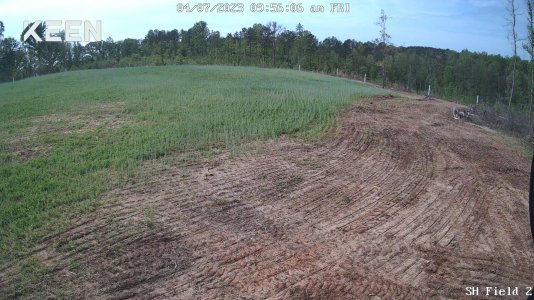I have planted Kanlow from Johnston Seed Co. Stock Seed Farms inc is who originally grew the seed. I would definitely recommend Kanlow if you have a lowland site or an area that has higher moisture content. I planted 2 years ago and the seedheads are about 5-6 ft currently (and still standing upright in Northern MO in April) Sounds like Alamo would work better on south facing slopes or drier areas in general.
Here is the description for Alamo:
"Alamo was originally collected in far south-central Texas on the banks of the Frio River near George West. The Plant Materials Center near Knox City, Texas selected and released Alamo as an improved variety based on superior forage yield, seed production, and improved seedling vigor. Alamo is primarily adapted to regions south of I-70 which intersects Kansas east to west. Alamo performs best in areas of 25 inches of annual precipitation or when planted in low lying areas in arid climates. Alamo, with good moisture and soil fertility, can reach heights up to 10 feet and produce in excess in of 7 tons of biomass annually. Alamo performs well on a wide range of soils from clay to very fine sand. Recommended seeding rates range from 4 to 6 Pure Live Seed pounds per acre."
Here is the description for Kanlow:
"‘Kanlow’ was developed and released by the Kansas Agricultural Experiment Station and Crops Research Division, ARS/USDA. Germplasm used in the development of ‘Kanlow’ was collected near Wetunka, OK in 1957. ‘Kanlow’ is well-adapted to wetland situations and tolerates inundation for extended periods of time. ‘Kanlow’ produces substantial dry matter by reaching heights to over 8 feet, very coarse stems and very leafy. ‘Kanlow’ is well adapted to a large region of central U.S. and although performs best on lowland soils, it persists and produces on marginal upland soils also. ‘Kanlow’ flowers earlier than both ‘Alamo’ and ‘Cimarron’ but is approximately two weeks later than ‘Caddo’, an upland type."
I'm a little nervous about believing marketing materials from any company, and this is especially true on newer varieties like RC Big Rock switchgrass.


